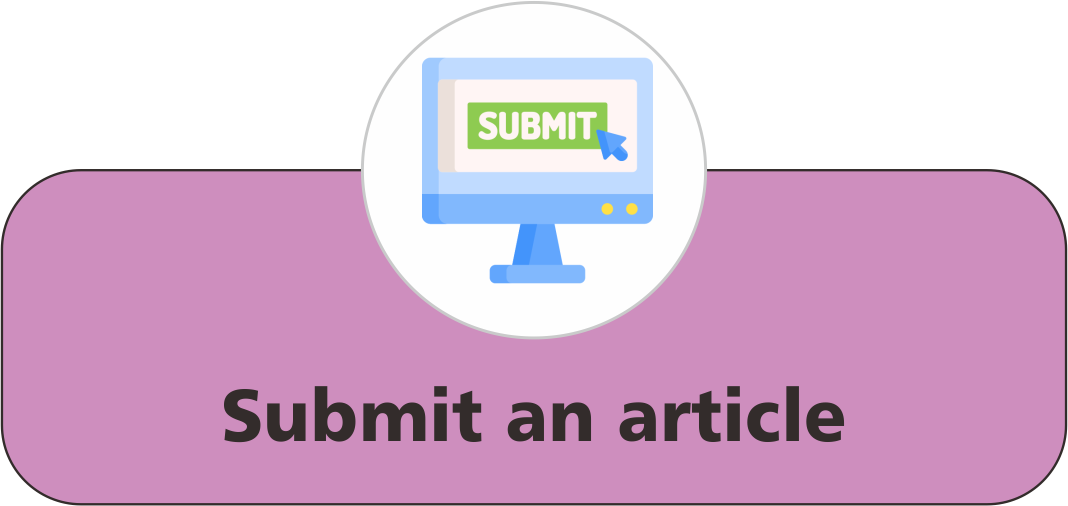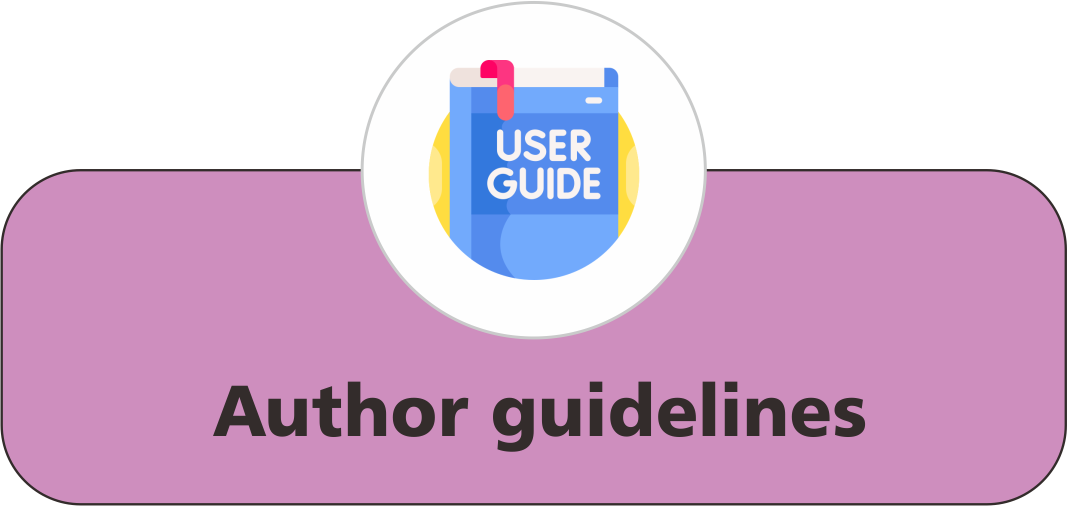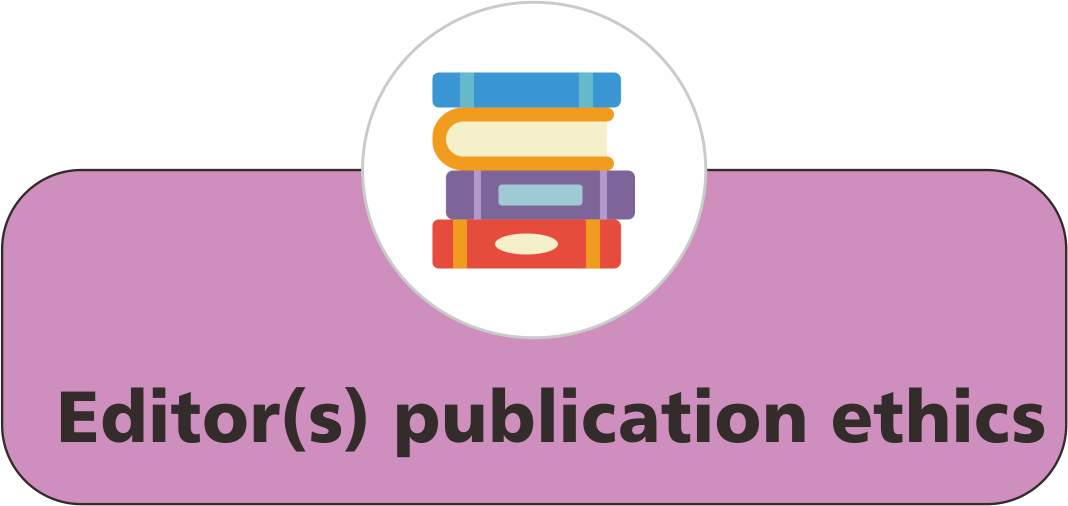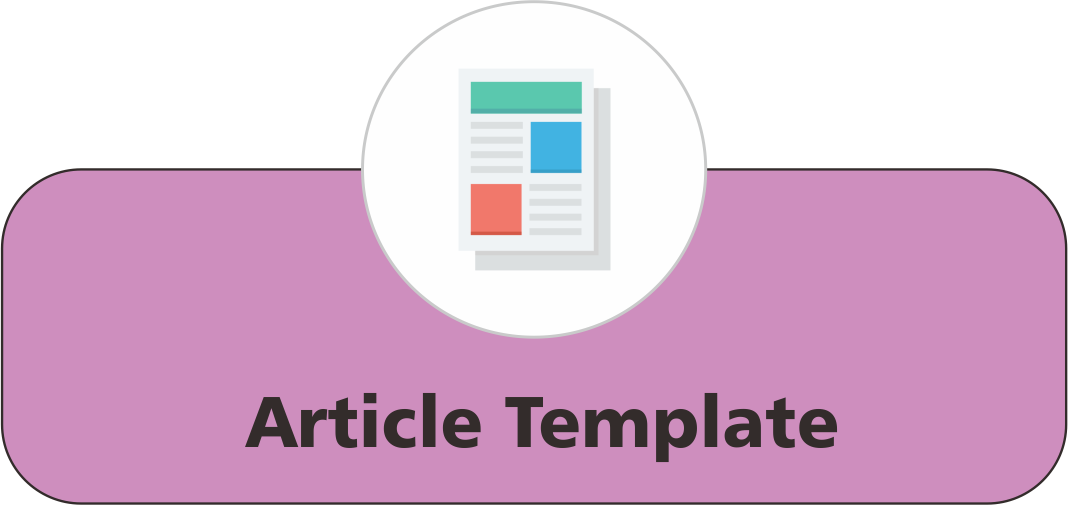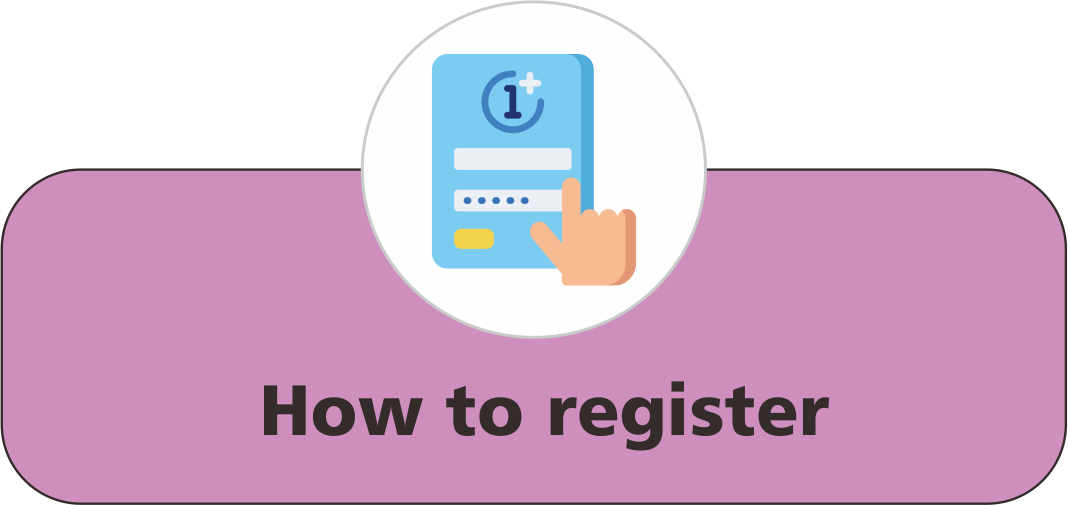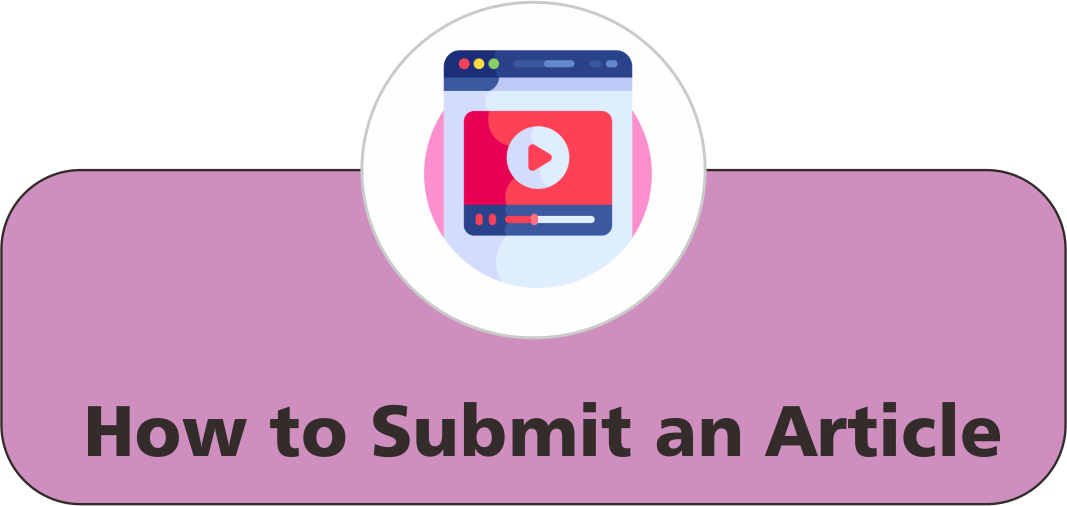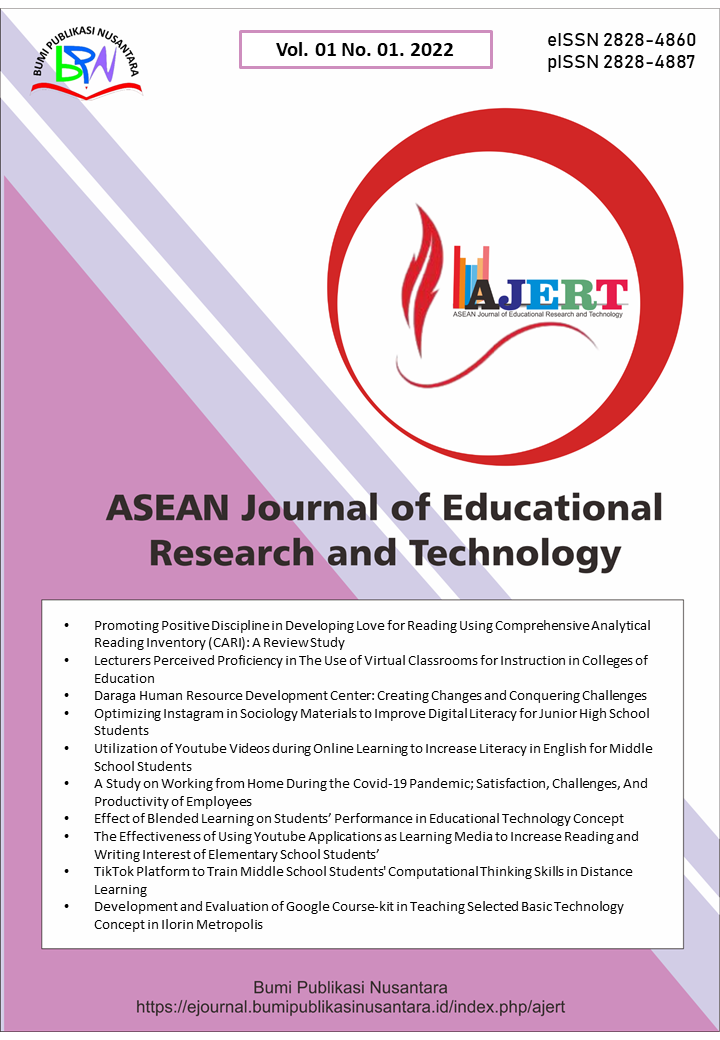Development, Validity, and Acceptability of Android-based Applications in Ecology: A Technology Acceptance Model (TAM) Approach
 ),
),
(1) Bicol University Graduate School
 Corresponding Author
Corresponding Author
Abstract
Keywords
References
Becker, S., Klein, P., Gößling, A., and Kuhn, J. (2020). Using mobile devices to enhance inquiry-based learning processes. Learning and Instruction, 69, 1–14. 101350.
Belmonte, Z. J. A., Prasetyo, Y. T., Cahigas, M. M. L., Nadlifatin, R., and Gumasing, Ma. J. J. (2024). Factors influencing the intention to use e-wallet among generation Z and millennials in the Philippines: An extended technology acceptance model (TAM) approach. Acta Psychologica, 250. 104526.
Demir, K., and Akpınar, E. (2018). The effect of mobile learning applications on students’ academic achievement and attitudes toward mobile learning. Malaysian Online Journal of Educational Technology, 6(2), 48–59.
Eder, M., Gruber, M., and Volk, W. (2022). Validation of material models for sheet metals using new test equipment. International Journal of Material Forming, 15, 1–42. 64.
Farida, Jumadi, Wilujeng, and Senam. (2018). Developing android-based science instructional media to improve the scientific literacy of junior high school students. Journal of Physics: Conference Series, 1006, 1–9.
Farrah, M., and Abu-Dawood, A. K. (2018). Using mobile phone applications in teaching and learning process. International Journal of Research in English Education, 3(2), 48–68.
Fikri, A. A., Zuslia, V., Yusman, M., Agustanti, N. R., Diana, A. R., Muna, V. N., and Nailufa, L. E. (2023). Biologiku: Android-based biology learning media integration of science, islam and technology. Proceeding International Conference on Religion, Science and Education, 2, 699–704.
Hinze, A., Vanderschantz, N., Timpany, C., Saravani, S.-J., Cunningham, S. J., and Wilkinson, C. (2017). Use of mobile apps for teaching and research – implications for digital literacy. Digital Libraries: Data, Information, and Knowledge for Digital Lives, 10647, 173–184.
Isrokatun, I., Hanifah, N., Abdul, Y., Rosmiati, R., and Khoerunnisah, R. (2023). The development of android-based learning mobile app to practice critical thinking skills for elementary school students. Pegem Journal of Education and Instruction, 13(02), 161–172.
Klímová, B., and Pražák, P. (2019). Mobile blended learning and evaluation of its effectiveness on students’ learning achievement. Blended Learning: Educational Innovation for Personalized Learning, 11546, 216–224.
Liday, D. N., and Agapito, N. V. (2020). Examining the learning management system adoption in a state university using the extended technology acceptance model. QSU Research Journal, 9(1), 86–99.
Lukitasari, M., Hasan, R., and Sukri, A. (2020). The effect of e-portfolio on biological concepts understanding and responses of students with different academic achievement levels. International Journal of Instruction, 13(1), 685–694.
Menon, D. (2022). Uses and gratifications of educational apps: A study during COVID-19 pandemic. Computers and Education Open, 3, 1–12. 100076.
Niño, A. (2015). Language learners perceptions and experiences on the use of mobile applications for independent language learning in higher education. IAFOR Journal of Education, 3(SE), 73–84.
Olipas, C. N. P. (2022). View of the acceptability of developing mobile learning applications for easy access to electronic learning modules: a technology acceptance model approach. African Journal of Advanced Pure and Applied Sciences (AJAPAS), 1(2), 163–171.
Osorio, R., and Aliazas, J. V. (2022). Integrating android-based applications in teaching chemistry for improved experiential learning. International Journal of Science, Technology, Engineering and Mathematics, 2(4), 132–144.
Pedro, L. F. M. G., Barbosa, C. M. M. D. O., and Santos, C. M. D. N. (2018). A critical review of mobile learning integration in formal educational contexts. International Journal of Educational Technology in Higher Education, 15, 1-15.
Perdana, I., Aisyah, S., Cakranegara, P. A., Fauzi, Z. A., and Destari, D. (2022). The use of mobile learning in elementary school: Is it important? Al-Ishlah: Jurnal Pendidikan, 14(2), 1431–1438.
Rafique, H., Shamim, A., and Anwar, F. (2020). Investigating acceptance of mobile library application with extended technology acceptance model (TAM). Computers and Education, 145, 897–904. 103732.
Ramos, M. J. H., and Comendador, B. E. V. (2019). ARTitser: A mobile augmented reality in classroom interactive learning tool on biological science for junior high school students. Proceedings of the 2019 5th International Conference on Education and Training Technologies, 2019, 135–139.
Sakina, R., Kulsum, E. M., and Uyun, A. S. (2020). Integrating technologies in the new normal: a study of blended learning. International Journal of Quantitative Research and Modeling, 1(4), 181–193.
Schmidthaler, E., Anđic, B., Schmollmüller, M., Sabitzer, B., and Lavicza, Z. (2023). Mobile augmented reality in biological education: perceptions of austrian secondary school teachers. Journal on Efficiency and Responsibility in Education and Science, 16(2), 113–127.
Sharples, M., Corlett, D., and Westmancott, O. (2002). The design and implementation of a mobile learning resource. Personal and Ubiquitous Computing, 6, 220–234.
Shi, J., Mo, X., and Sun, Z. (2012). Content validity index in scale development. Journal of Central South University. Medical Sciences, 37(2), 152–155.
Su, Y., and Li, M. (2021). Applying technology acceptance model in online entrepreneurship education for new entrepreneurs. Frontiers in Psychology, 12, 713239.
Sung, Y.-T., Chang, K.-E., and Liu, T.-C. (2016). The effects of integrating mobile devices with teaching and learning on students’ learning performance: A meta-analysis and research synthesis. Computers and Education, 94(94), 252–275.
Tambun, S., Sitorus, R. R., and Pramudya, T. A. (2020). Pengaruh technology acceptance model dan digital taxation terhadap kepatuhan wajib pajak dengan pemahaman internet sebagai variabel moderating. Balance Vocation Accounting Journal, 4(1), 1.
Wang, F., Yuizono, T., Wang, T.-Y., Kim, E., and Lu, Y. (2023). Integrating reflection into a mobile-assisted reading program for learning English as a second language in China. Frontiers in Education, 7, 1–16. 1067523.
Widiyatmoko, A., Utaminingsih, S., and Santoso. (2021). Android-based math learning to improve critical thinking. Journal of Physics: Conference Series, 1823, 012091.
Yusoff, M. S. B. (2019). ABC of content validation and content validity index calculation. Education in Medicine Journal, 11(2), 49–54.
Zydney, J. M., and Warner, Z. (2016). Mobile apps for science learning: Review of research. Computers and Education, 94, 1–17.
Article Metrics
Abstract View : 381 times
: 381 times Download : 156 times
Download : 156 times
Refbacks
- There are currently no refbacks.
Copyright (c) 2025 Bumi Publikasi Nusantara

This work is licensed under a Creative Commons Attribution-ShareAlike 4.0 International License.

